Tip-Up or Tip-Down Carry? Self-Defense Expert Weighs in
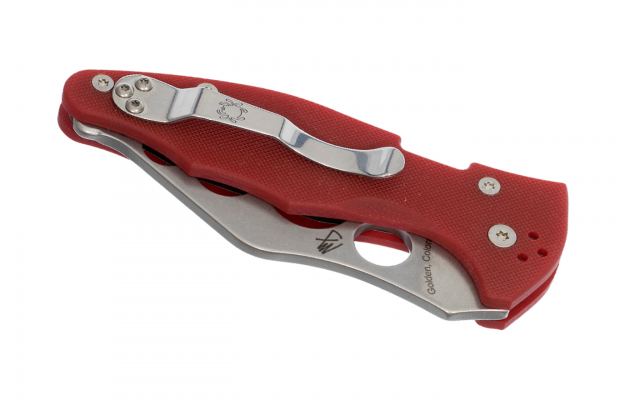
In the KnifeNews Ultimate Folder Survey, our readers indicated that they overwhelmingly preferred tip-up (64%) to tip-down (19%) carry. But martial artist Michael Janich tells us that when it comes to speed, the best pocket clip configuration depends on many factors.
Janich is the creator of Martial Blade Concepts, a self-defense system that incorporates knife tactics into its curriculum. He also works closely with Spyderco as a designer and is responsible for popular tactical knives like the Yojimbo and Ronin. Janich tells us that years of experience have taught him that cops, military personnel, and others who use knives in emergency and self-defense scenarios should think carefully about which way their clip is configured. “Being able to draw and deploy your knife quickly becomes a major part of using it,” he says.
According to Janich, tip-up is usually the best set-up for smaller knives. In the tip-up position, the end of the handle is situated naturally at the back of your palm, where it needs to be to quickly deploy the knife. “What [tip-up] allows you to do with a smaller knife is draw it, open it, and use it without having to use any fine motor skills to adjust your grip,” Janich says.
But, the larger a knife is the more variables come into play. In some cases, carrying big knives tip-up requires you to move your hand forward to open them and get a proper grip. Here, you may be better off with a tip-down carry because it keeps your hand close to the opening mechanism, where it needs to be.
Other factors can upset these general rules. The size of your hand relative to the knife, and how much handle the clip leaves exposed can make one carry method preferable over the other.
> > Keep your folders awesome. Grab a Pack of 5 Microfiber Blade Sleeves for $8.99 < <
The opening mechanism the knife employs is also a factor. Not all opening methods offer equal intuitiveness in high-intensity scenarios. A flipper demands more finesse and positioning than a thumb hole cutout, for instance. “These are the kind of the things that in a high-stress situation can fall through for you,” Janich says. “You really have to look at all the variables because there is no one-size-fits-all solution.”
His own preference is to bypass the opening mechanism altogether. Janich snaps the knife hard enough to overcome the detent and release the blade without the use of a thumb stud, flipper tab, or hole cutout at all. Those interested in trying this method will find that frame, liner, and piston lock knives offer the best platforms for learning.
Finding the right carry and opening method can shorten the path to fast deployment. But Janich believes that maximizing the benefits takes practice. “In any context, you need to have the practice and skill to go along with it – you can’t just talk about it.”
Knife featured in image: Spyderco Yojimbo 2 Trainer



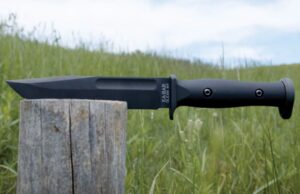
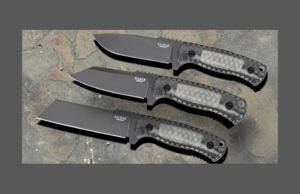
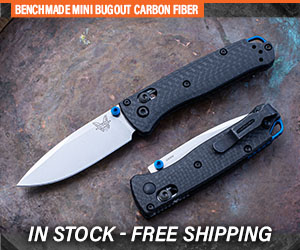
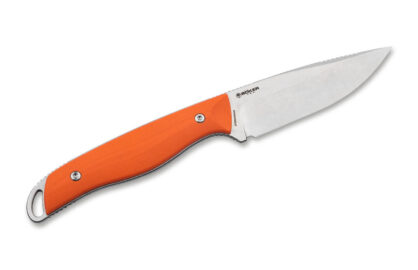




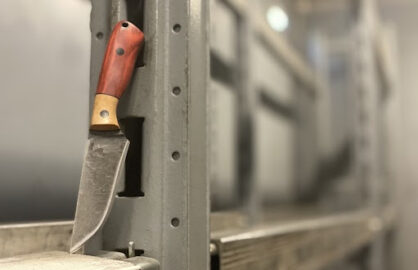
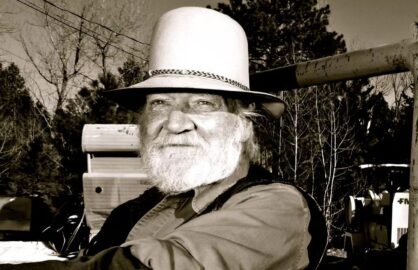
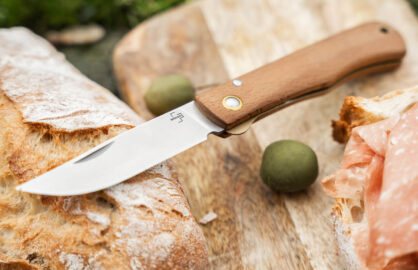
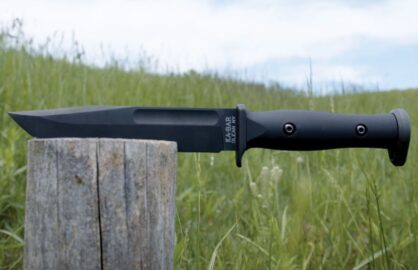
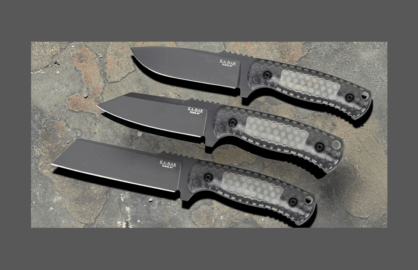

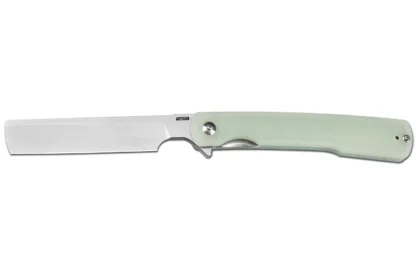



0 comments